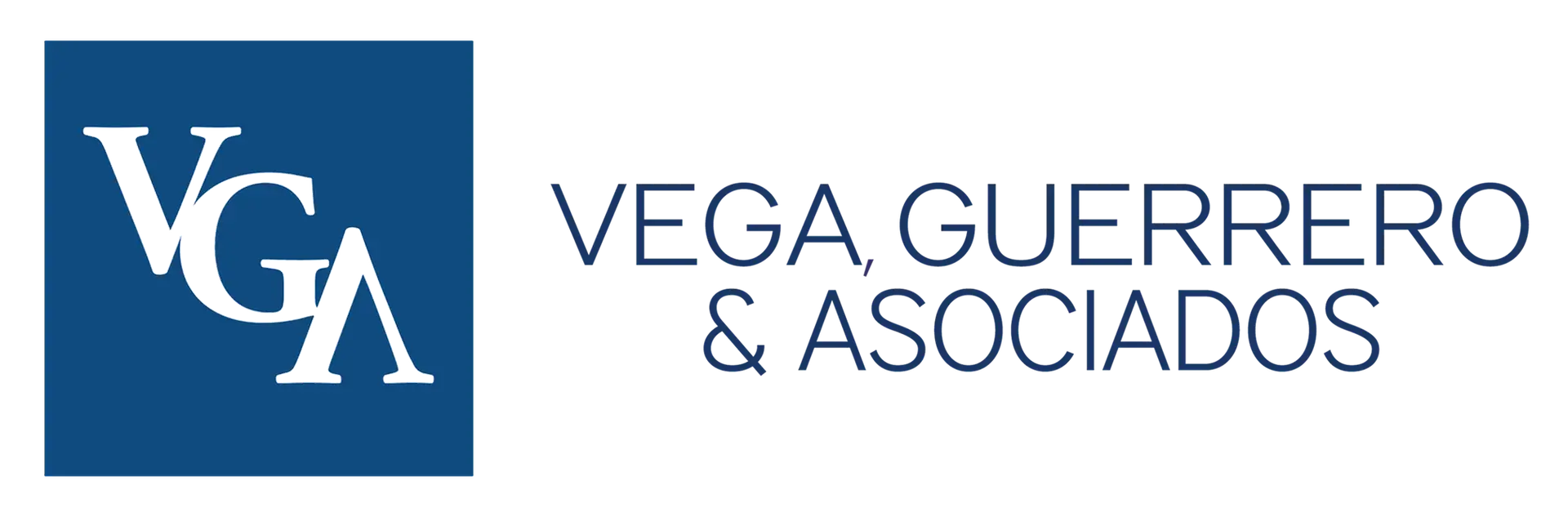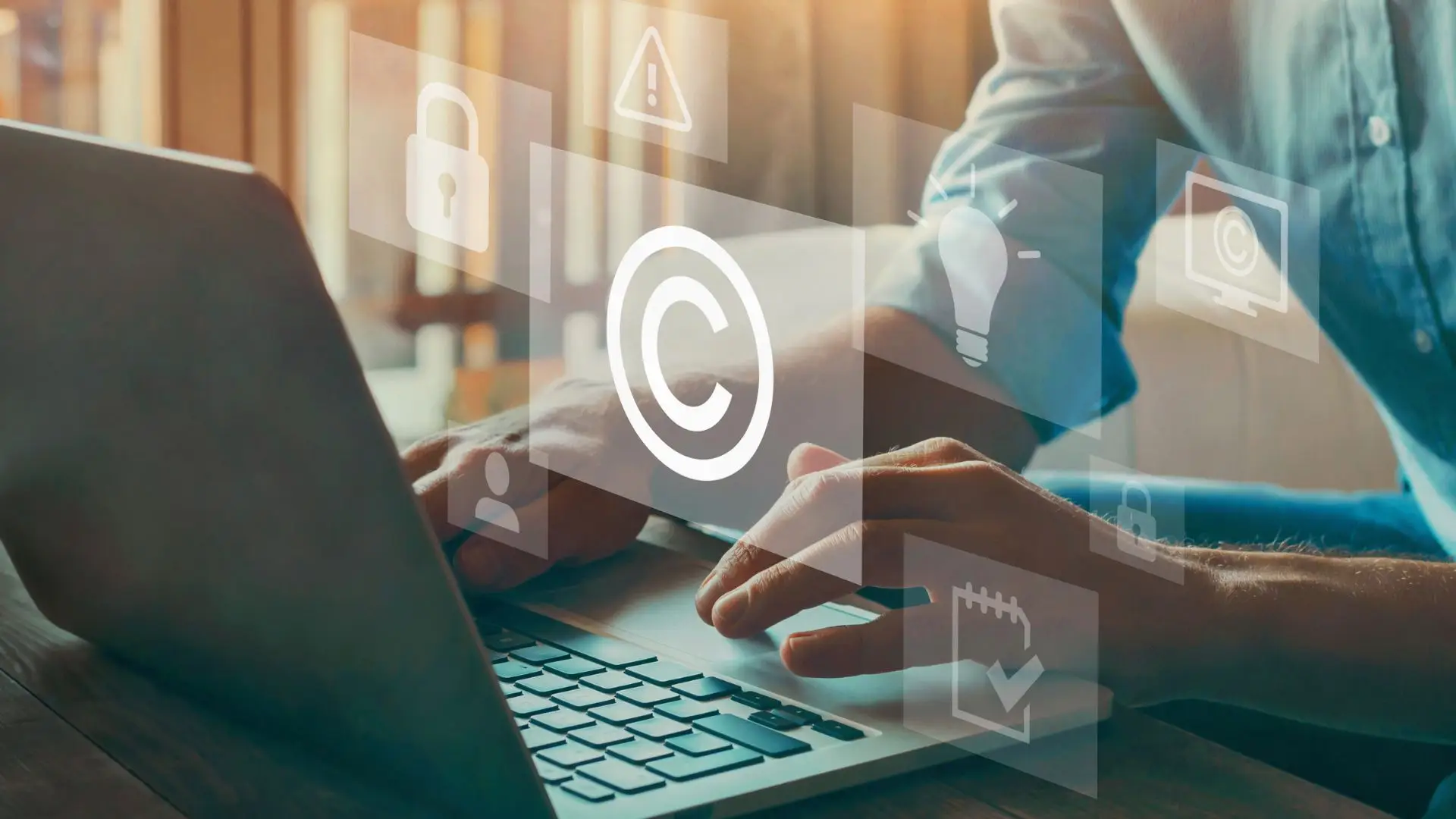Within the legislation applicable to Mexican industrial property law, we can recognize a couple of figures that provide greater protection for certain already existing and renowned trademarks as opposed to other brands in positioning. Such safeguard allows us to exercise legal actions against a possible violation of our rights and help us protect against the imitation, translation, or reproduction of a service and/or product equal to ours.
This is due to the fact that the trademarks in question are better known than the rest. That variable of knowledge and acceptance by the target public is the factor on which the type of protection to be granted to the trademark will depend.
The two figures we are talking about are WellKnown Trademarks and Famous Trademarks.
But, what is the difference between Well-Known Trademarks and Famous Trademarks?
The concrete and easy answer is the extent to which the trademark is known by the target public.
On one hand, the Well-Known Trademark will be recognized when a certain sector of the public or commercial circles of the country is aware of the trademark due to its commercial activity as a consequence of its promotion, advertising, or in relation to a product or service of the trademark within Mexico or abroad.
On the other hand, the Famous Trademark will be declared when the trademark is known by the majority of the public object of the good and/or service; likewise when the trademark has global recognition or diffusion.
The importance of carrying out the procedure to obtain the declaration of each of these figures contemplated in our law is basically the same argument as that of registering a trademark; that is to say, to protect industrial property. The special protection offered by such concepts derives mainly from the fact that the declaration or its presumption is an impediment to the registration of third-party trademarks that may be the same, identical, or similar in degree of confusion with our trademark. In addition, by having any of these declarations, the protection of our trademark will include all of the 45 existing classes contemplated by the Institute. Although it should be emphasized that for such impediment it is indifferent whether or not the trademark is registered or even whether or not it has the respective declaration. But if it does not have a such declaration, the problem would be the fact that we will depend on the criteria of the Institute at the time of granting registrations to third-party trademarks.
About the procedure
Article 192 of the LFPPI stipulates the information that must be included in our application in order to obtain the declaration of either of the two figures in question. These data, listed in a concise and punctual manner, is the following:
– Integrated public sector (concerning consumers)
– Integrated public sector (concerning non-consumers)
– Integrated commercial circles (traders, service providers, industrialists)
– Date of 1st use; time of use and time advertised
– Marketing channels
– Means of diffusion
– Licenses and franchises granted
– Percentage of market share
The application where we mention these elements must meet the same formalities as those required for any other procedure of the Institute. Said application must also state the applicant’s general information and the evidentiary elements that must be attached to the application in order to prove what has been stated.
It is important to mention that we must pay the corresponding fees; so that once the Institute receives the application, it proceeds with the examination. After performing this examination we can face the following three scenarios:
a) Determination that the requirements are not met or are insufficient. In this case, prevention will be made to give four months to the applicant to remedy the situation. If the applicant fails to do so, the application will be rejected.
b) Failure to make the declaration. In such cases, the authority must notify the applicant in writing, a text stating the reasons for the determination. Likewise, each of the elements of evidence provided must be analyzed exhaustively
c) Making the declaration. A said resolution must be published in the Gazette.
Regarding the declaration
It is important to mention that for the purposes of transmission of the declaration, it will be associated with the original trademark registration. Likewise, there will be a presumption of subsistence of the conditions proven at the time of the declaration throughout the 5 subsequent years; however, it may be updated at any time by the one who has a true legal interest and if the conditions subsist.
Nullity of the declaration
If any person with a legitimate right proves his or her legal interest, he or she may request the Institute to nullify the declaration granted. If any person with a legitimate right proves his or her legal interest, he or she may request the Institute to nullify the declaration granted. Such nullity will proceed if it was granted contrary to the law or if the concession was granted to an undue subject (without right)




